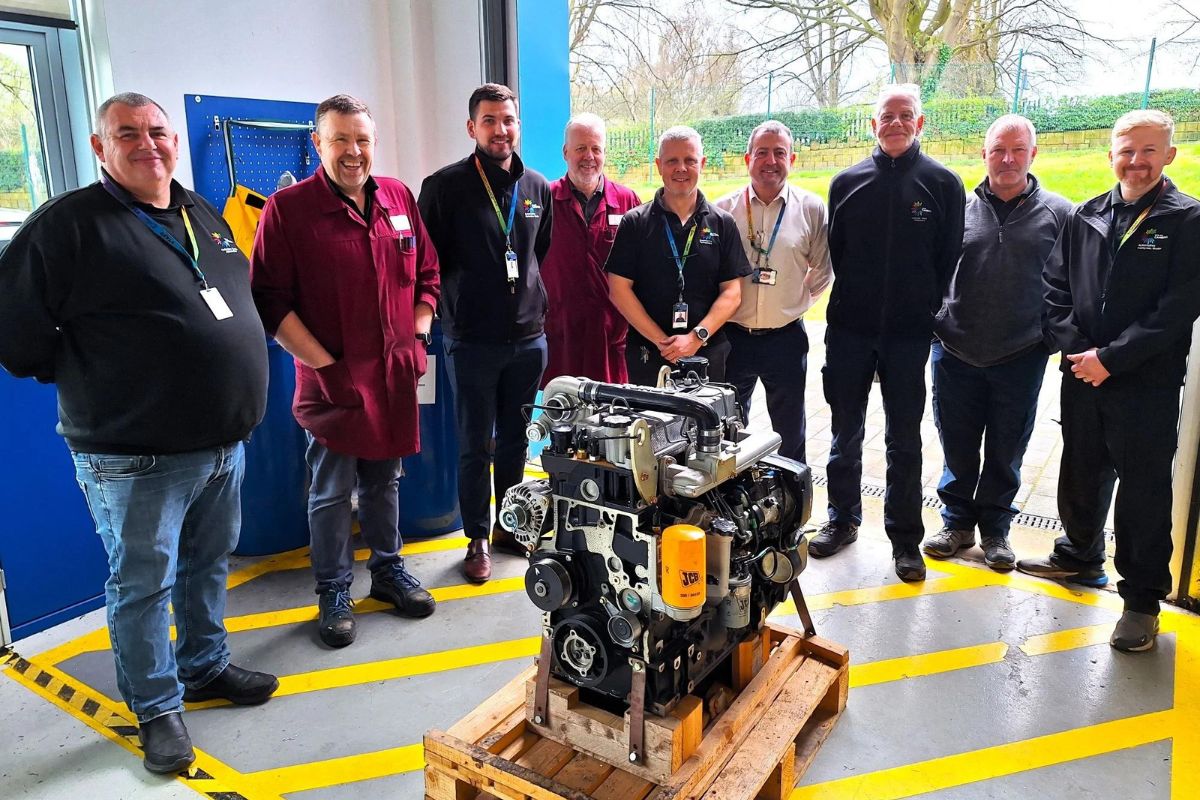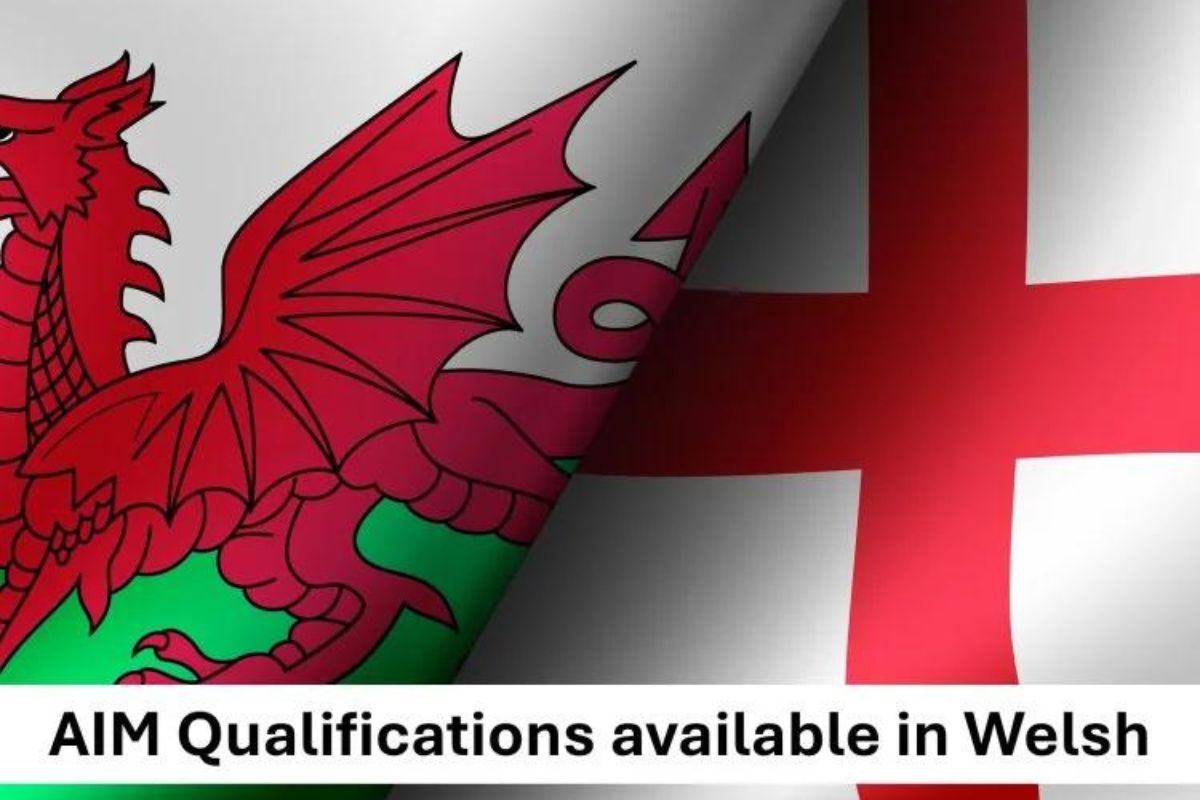“Does it make a difference who handles your EPAs?”

With the new academic year well and truly underway, a question has been posed to me recently by several of my former connections in the EPAO sector.
“How are you now as a training provider, picking your EPAO”
My journey in the apprenticeship realm has taken me through a variety of roles, ranging from being an employer and work-based assessor on frameworks to serving as a curriculum manager, a College governor, an EPAO Director, and presently, as a provider of degree apprenticeship training. This diverse journey, akin to that of both a poacher and a gamekeeper, has afforded me numerous insights into the complex landscape of apprenticeship delivery and the essential requirements for achieving success.
Of course, for many years I advocated to providers that they take time to consider their EPA requirements and the potential suppliers out in the market, but now I am faced with a different question;
“How does the vital process of selecting and effectively managing our EPAOs align with the multitude of priorities that fill my day as a training provider?”
With priorities spanning intricacies such as pending Ofsted inspections, ESFA audits, the complexities of engaging with employers, adept learner management, the artistry of delivering Knowledge, Skills, and Behaviours (KSBs), the precision of ILR (Individualised Learner Record) returns, and the labyrinthine navigation of aligning with ESFA Minimum Performance Indicators.
In the world of apprenticeship training, providers have to handle a lot of important tasks all at once. It’s like dealing with different pieces of a big puzzle that all demand attention and to that point I was recently asked by a University colleague;
“Does it even make a difference who handles your EPA anymore?”
A Linchpin Amidst Priorities – From Both Sides of the Register.
Considering the pivotal role of selecting and managing an EPAO, it becomes clear that it serves as a linchpin within the broader landscape of apprenticeship training. However, it’s crucial to recognise that EPAO selection is just one component of that previously mentioned puzzle.
The process of choosing and proficiently overseeing an EPAO should hold significant importance for any provider. This involves guaranteeing the quality and credibility of your apprentices’ End Point Assessments by selecting the right EPAO for your programmes. Vitality an EPAO that has strategically planned for capacity at the appropriate time in the academic year can facilitate the smooth assessment of competence, offering a seamless experience for both apprentices and employers.
However, while the selection of an EPAO holds significant importance, it cannot operate in isolation, particularly concerning achievement indicators. Instead, EPAO selection must align and work in conjunction with other key elements. The quality of a provider’s gateway process, adherence to regulatory requirements (such as Off-the-job learning), and, notably, the consideration of value for money vis-à-vis the employer levy or co-investment all play integral roles in the overall success of apprenticeship programs.
Crucially, if a provider’s oversight of the EPA process lacks proper checks and balances, EPAOs might impose their own priorities on the provider. However, an excellent EPAO understands its pivotal role in ensuring timely apprenticeship achievement. Equally important is advocating for increased openness to assist providers in meeting their ESFA indicators, understanding the unique requirements of each provider, and addressing the challenges faced by the sector concerning the achievement and retention of apprentices, right through to EPA completion.
EPAOs as Collaborative Partners: Enhancing Support and Transparency
EPAOs indeed possess a unique perspective that allows them to offer comprehensive support to providers in achieving their ESFA indicators. This necessitates a profound and collaborative approach, with a nuanced understanding of the provider’s landscape.
The concern over high apprenticeship drop-out rates and their financial implications was underscored by Education Secretary Gillian Keegan at a recent Conservative Party conference. Keegan expressed her focus on improving completion rates, emphasising that each lost apprenticeship represents taxpayers’ money going to waste, posing an opportunity cost for others. Sir Keir Starmer’s recent pledge to elevate the prestige of vocational training, aligning it with academic courses, holds significant importance. However, the effectiveness of changing attitudes toward vocational routes, such as apprenticeships, hinges on addressing a critical issue – the completion rates of apprenticeship programmes.
Strategic Management for Robust Outcomes
The management of your chosen EPAO transcends mere functionality; it represents a strategic choice that acts as a safeguard against potential risks. It ensures assessments are conducted promptly, guidelines are adhered to, and meticulous record-keeping is maintained. A judicious approach to your EPAO serves as a defense against pitfalls during Ofsted evaluations and ESFA audits, fostering a culture of compliance and operational excellence.
EPAO Selection in Perspective
While the selection of an EPAO is undoubtedly a vital strategic decision, it is not an isolated or disproportionately high priority on a provider’s do list. Factors such as stability, credibility, capacity, value for money, ease of use, and timely results, once embraced as a mission by an EPAO, contribute to establishing an enduring partnership with providers. This is particularly significant as providers now wield increased purchasing power following the reform of the two ESFA apprenticeships registers.
The choice of a reliable EPAO can act as an ally in navigating the regulatory labyrinth, ensure a commitment to the achievement pipeline, and add value to the engagement with employers.
In the intricate dance of apprenticeship delivery, EPAOs still play a crucial role, not as isolated entities but as collaborative partners. They contribute not only to compliance and assessment but also to the broader success of apprenticeship programmes.
In responding to my colleague’s wider point, “Does the choice of EPAO truly impact outcomes anymore?” Undoubtedly, it has a significant impact. These assessment organisations play a crucial role in the success of apprenticeship achievements. However, it’s imperative that these keys to success remain securely on the provider’s “key ring”. This ensures that the EPAO’s role is not self-serving but genuinely contributing to the achievement objectives of the apprenticeship programme.










